Foundations Of Financial Management 10th Canadian Edition By Stanley B. Block – Test Bank
81. The out-of-pocket cost of common stock is a good approximation of the cost of common stock equity.
FALSE
Accessibility: Keyboard Navigation
Block – Chapter 11 #81
Difficulty: Medium
Learning Objective: 11-03 Construct the cost of capital based on the various valuation techniques from Chapter 10 as applied to bonds; preferred stocks; and common shares.
Topic: 11-04 Cost of Common Equity
Type: Concept
82. The discount rate that equates a future stream of expected dividends to the current price is a good approximation of the cost of common shares.
TRUE
Accessibility: Keyboard Navigation
Block – Chapter 11 #82
Difficulty: Medium
Learning Objective: 11-03 Construct the cost of capital based on the various valuation techniques from Chapter 10 as applied to bonds; preferred stocks; and common shares.
Topic: 11-04 Cost of Common Equity
Type: Concept
83. Ke represents an expected return to shareholders as well as a cost to the firm.
TRUE
Accessibility: Keyboard Navigation
Block – Chapter 11 #83
Difficulty: Easy
Learning Objective: 11-01 Explain that the cost of capital represents the overall cost of financing to the firm.
Topic: 11-01 The Overall Concept
Type: Memory
84. The cost of retained earnings is equal to the required rate of return on a firm’s outstanding common stock.
TRUE
Accessibility: Keyboard Navigation
Block – Chapter 11 #84
Difficulty: Easy
Learning Objective: 11-01 Explain that the cost of capital represents the overall cost of financing to the firm.
Topic: 11-01 The Overall Concept
Type: Memory
85. Retained earnings represent an internal source of funds that is raised without the payment of interest, or cost to the firm’s shareholders.
FALSE
Accessibility: Keyboard Navigation
Block – Chapter 11 #85
Difficulty: Easy
Learning Objective: 11-03 Construct the cost of capital based on the various valuation techniques from Chapter 10 as applied to bonds; preferred stocks; and common shares.
Topic: 11-06 Cost of Retained Earnings
Type: Memory
86. Most firms are able to use 60%-75% debt in their capital structure without exceeding norms acceptable to most creditors and investors.
FALSE
Accessibility: Keyboard Navigation
Block – Chapter 11 #86
Difficulty: Medium
Learning Objective: 11-04 Examine how a firm attempts to find a minimum cost of capital by varying the mix of its sources of financing.
Topic: 11-10 Optimal Capital Structure—Weighting Costs
Type: Concept
87. A firm that does not earn the cost of capital in the short run will probably be in bankruptcy.
FALSE
Accessibility: Keyboard Navigation
Block – Chapter 11 #87
Difficulty: Medium
Learning Objective: 11-11B Capital structure theory and Modigliani and Miller
Topic: 11-11B Modigliani and Miller with Bankruptcy Considerations
Type: Concept
88. A firm that does not earn the cost of capital in the long run will not maximize shareholder wealth.
TRUE
Accessibility: Keyboard Navigation
Block – Chapter 11 #88
Difficulty: Medium
Learning Objective: 11-04 Examine how a firm attempts to find a minimum cost of capital by varying the mix of its sources of financing.
Topic: 11-13 Capital Acquisition and Investment Decision Making
Type: Concept
89. Weights used to calculate the weighted average cost of capital Ka are derived from the optimum capital structure.
TRUE
Accessibility: Keyboard Navigation
Block – Chapter 11 #89
Difficulty: Easy
Learning Objective: 11-04 Examine how a firm attempts to find a minimum cost of capital by varying the mix of its sources of financing.
Topic: 11-12 Calculating Market Value Weightings
Type: Memory
90. The calculation of the cost of capital depends upon historical costs of funds.
FALSE







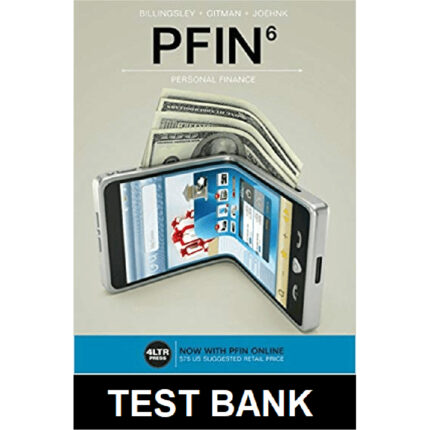

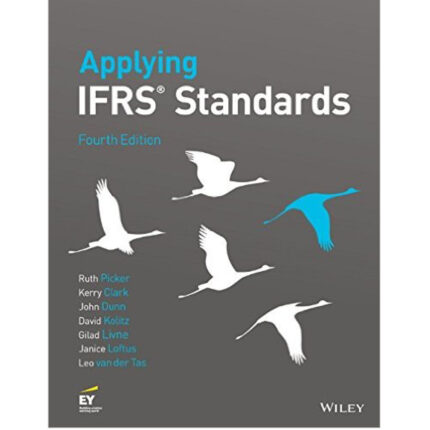
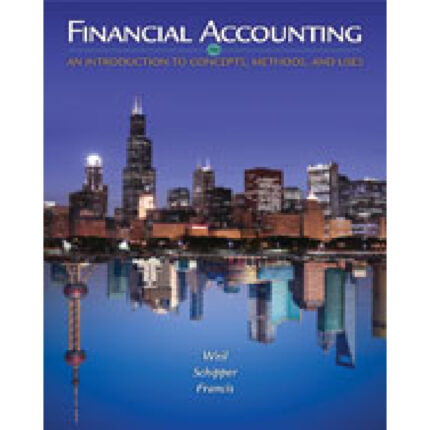
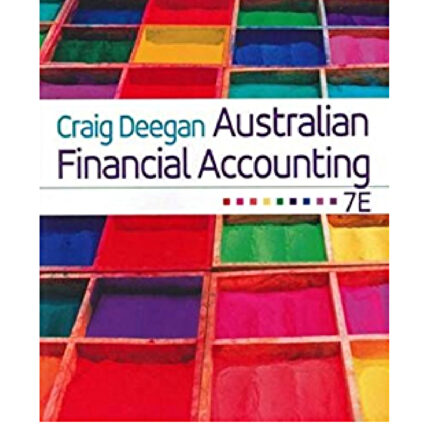
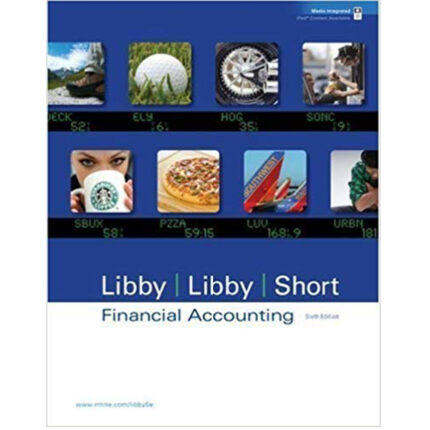
Reviews
There are no reviews yet.